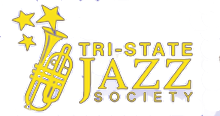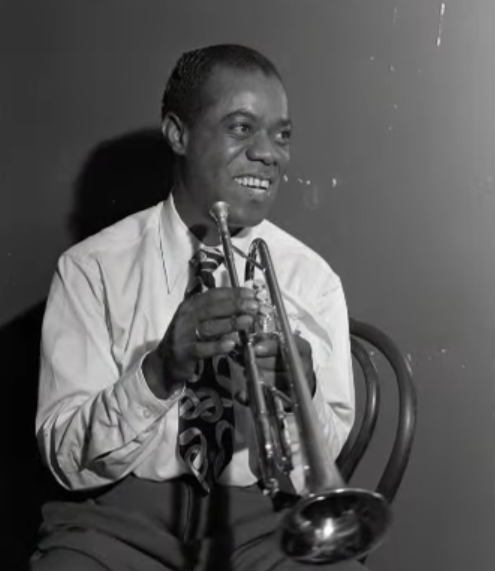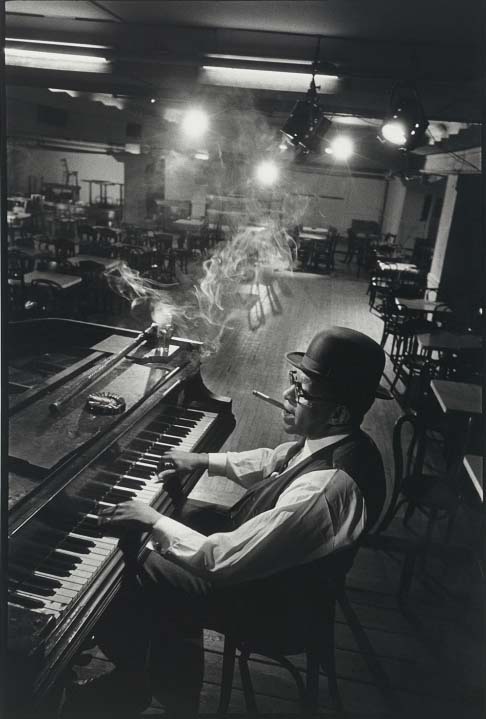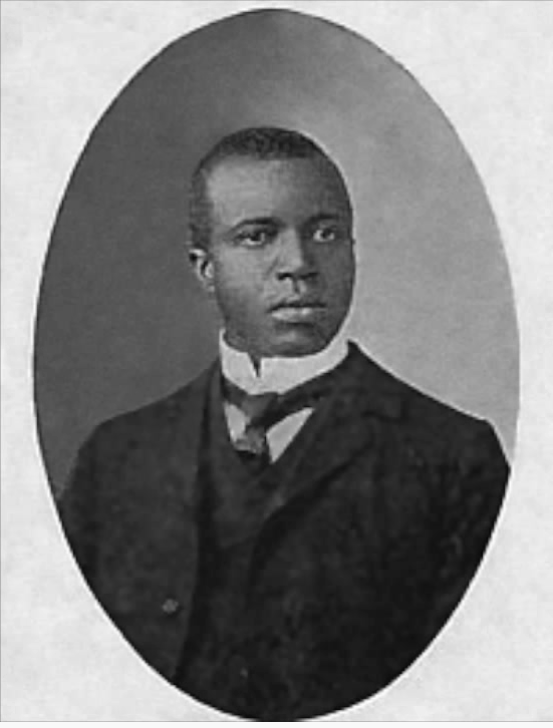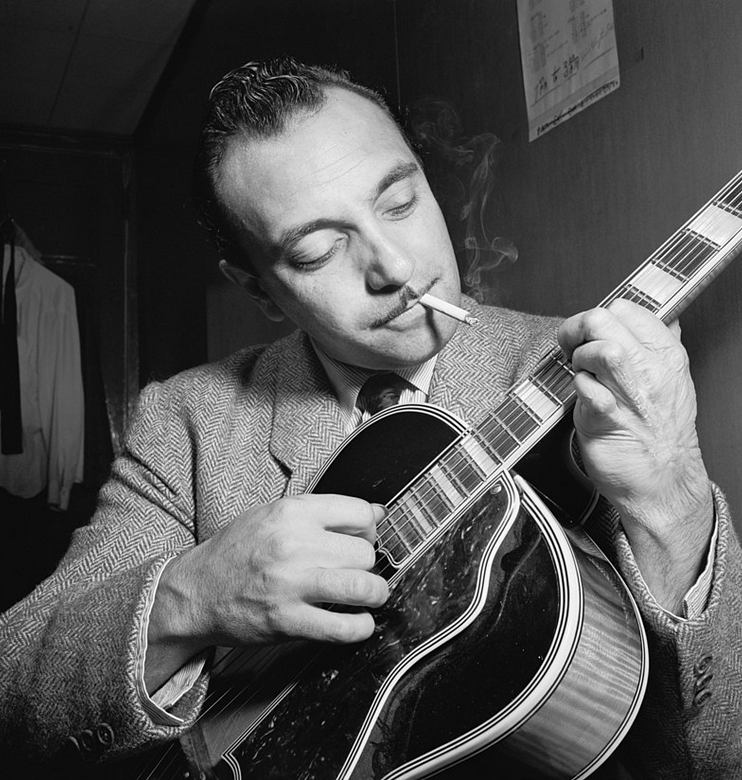by Sandy Catz
Some of us call it “Traditional Jazz” or “Trad Jazz” for short, but that can be confusing when you consider that “Modern Jazz” started more than 75 years ago. Someone recently asked, “Why do you call your organization the Tri-State Jazz Society when you don’t play jazz?” Surprisingly, some of our most enthusiastic fans have told us they don’t like jazz. Traditional jazz – also known as “early jazz” and “classic jazz” – is the root of all jazz and it’s what we play at our concerts. It definitely is “Jazz.”
The bands and pianists who perform at TSJS specialize in Traditional Jazz. We use that somewhat vague phrase to refer to the the musical genres that developed after ragtime and before bebop. It originated as hot dance music in New Orleans at the start of the 20th century, though it was still called ragtime for a while. It came to be called “jass,” soon spelled “jazz” and it spread throughout the country and by the end of the 1920s, around the world. It was so popular and had such a impact on behavior and culture that we still refer to that period as the Jazz Age. By the end of the 1930s most people called it swing and all the young people were dancing to it. Up to that time, all jazz was dance music. The rhythms were simple and predictable, the melodies were easily remembered and the harmonies followed familiar patterns. Improvisation made it exciting - always new, but never strayed too far from the familiar. This is what we mean by “Traditional Jazz.”
As the swing era came to a close and a new generation of young people took to rock and roll, jazz came to a fork in the road. Some jazz musicians continued to create swinging music for smaller audiences and dancers, but others left the constraints of dance music behind and created new, more complex rhythms and harmonies. Post-swing-era jazz began with bebop and has evolved in many directions over the last 75 years, but much of this music is so different from earlier forms that some fans of trad jazz say they don’t like modern jazz at all. So we have people who come to TSJS to hear Dixieland or swing and are surprised to learn that these earlier forms are indeed jazz.
